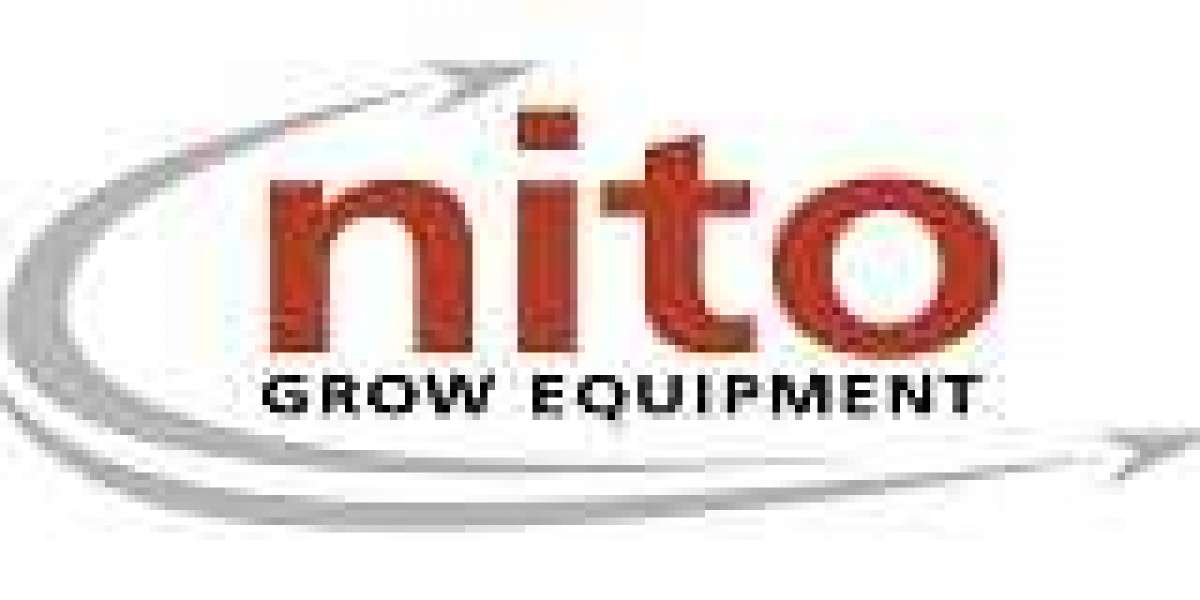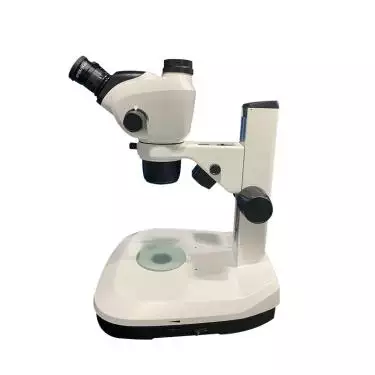Developing hazard mapping skills is crucial for professionals pursuing a career in occupational health and safety. A NEBOSH Course serves as a comprehensive training platform to build these skills effectively. By enrolling in a NEBOSH Course, safety officers, supervisors, and workplace managers can better identify, analyze, and mitigate potential hazards.
Hazard mapping is an essential aspect of workplace safety, and a NEBOSH Course equips professionals with the tools and techniques necessary to perform it efficiently. The knowledge gained through a NEBOSH Course empowers individuals to create safer working environments while adhering to international safety standards.
Why Hazard Mapping Matters in Workplace Safety
Hazard mapping involves the identification and visual representation of potential dangers in the workplace. This proactive approach enables organizations to prevent accidents, reduce injuries, and comply with safety regulations. Completing a NEBOSH Course offers individuals the opportunity to master this skill, enhancing their safety credentials.
A NEBOSH Course not only imparts theoretical knowledge but also emphasizes practical applications of hazard mapping. This combination allows safety professionals to handle real-world safety challenges with confidence.
Key Benefits of Building Hazard Mapping Skills Through NEBOSH Course
- Improved hazard identification
- Enhanced workplace safety
- Better compliance with safety regulations
- Increased confidence in risk assessment
- Strengthened safety management systems
How NEBOSH Enhances Hazard Mapping Competence
A NEBOSH Course provides a structured curriculum that focuses on hazard identification and risk management. Participants learn to assess workplace environments, identify potential hazards, and document their findings through mapping techniques. This training fosters a proactive safety culture within organizations.
NEBOSH certification is globally recognized, making it a valuable asset for professionals seeking to advance their safety careers. By completing a NEBOSH Course, individuals demonstrate their commitment to maintaining safe work environments.
Core Elements of Hazard Mapping in NEBOSH Training
1. Understanding Hazard Categories
Professionals enrolled in a NEBOSH Course learn to differentiate between various hazard categories such as:
- Physical hazards
- Chemical hazards
- Biological hazards
- Ergonomic hazards
- Psychosocial hazards
2. Conducting Risk Assessments
Risk assessments form a core component of the NEBOSH curriculum. Participants develop the ability to evaluate hazards based on their severity and likelihood, enabling them to prioritize safety measures effectively.
3. Utilizing Mapping Techniques
A NEBOSH Course emphasizes visual hazard mapping techniques, including:
- Floor plans with marked hazard zones
- Color-coded risk areas
- Symbols representing specific dangers
4. Implementing Control Measures
Through a NEBOSH Course, individuals learn to apply appropriate control measures to minimize risks. This includes:
- Engineering controls
- Administrative controls
- Personal protective equipment (PPE)
5. Communicating Hazard Maps
Clear communication is vital in hazard mapping. A NEBOSH Course trains professionals to present hazard maps effectively, ensuring all employees understand potential risks and safety protocols.
Step-by-Step Guide to Developing Hazard Mapping Skills Through NEBOSH Course
1. Enroll in a NEBOSH Course
Begin by selecting an accredited NEBOSH training provider. Choose a NEBOSH Course that aligns with your career goals and industry requirements.
2. Familiarize Yourself with Safety Standards
A NEBOSH Course introduces participants to international safety standards, including ISO and OSHA guidelines. Understanding these standards lays the foundation for effective hazard mapping.
3. Identify Workplace Hazards
During the NEBOSH training, practice identifying hazards in various work settings. Observe workplace operations and note potential risks.
4. Create Visual Hazard Maps
Utilize mapping techniques taught in the NEBOSH Course to create visual representations of hazards. Ensure clarity and simplicity in your maps for easy comprehension.
5. Evaluate and Update Hazard Maps
Hazards evolve over time; therefore, professionals must regularly review and update their hazard maps. A NEBOSH Course emphasizes the importance of ongoing assessments.
Advancing Your Safety Career with NEBOSH Certification
A NEBOSH qualification is a gateway to numerous career opportunities in the safety sector. Professionals equipped with hazard mapping skills are highly sought after in industries such as:
- Construction
- Manufacturing
- Oil and gas
- Healthcare
- Transportation
Employers value candidates who have completed a NEBOSH Course due to their comprehensive safety knowledge and practical skills.
Addressing Common Challenges in Hazard Mapping
1. Overcoming Incomplete Data
Professionals often struggle with insufficient data during hazard mapping. A NEBOSH Course teaches data collection techniques to ensure accurate mapping.
2. Ensuring Employee Engagement
Lack of employee cooperation can hinder hazard mapping efforts. NEBOSH training emphasizes the importance of involving all team members in safety processes.
3. Adapting to Changing Environments
Workplace conditions can change rapidly. A NEBOSH Course equips professionals with adaptive strategies to maintain up-to-date hazard maps.
How NEBOSH Builds Confidence in Safety Practices
A NEBOSH qualification instills confidence in safety professionals by enhancing their competence in hazard identification and risk assessment. This confidence translates into better decision-making and improved workplace safety.
Frequently Asked Questions About NEBOSH and Hazard Mapping
1. What is the duration of a NEBOSH Course?
Most NEBOSH programs range from two weeks to several months, depending on the course type and study mode.
2. Can I pursue a NEBOSH Course online?
Yes, many providers offer online NEBOSH training, enabling professionals to learn at their convenience.
3. Is NEBOSH certification internationally recognized?
Yes, NEBOSH qualifications are respected globally, enhancing your career prospects.
4. How does hazard mapping benefit my organization?
Hazard mapping reduces workplace accidents, improves compliance, and fosters a safety-oriented culture.
Conclusion
Building hazard mapping skills through a NEBOSH Course is a valuable investment for safety professionals. This training equips individuals with the knowledge and practical techniques needed to identify and mitigate workplace hazards effectively. A NEBOSH qualification not only enhances personal competence but also contributes to creating safer work environments across industries. Enrolling in a NEBOSH Course is a strategic step towards advancing your safety career while ensuring the well-being of your workforce.








